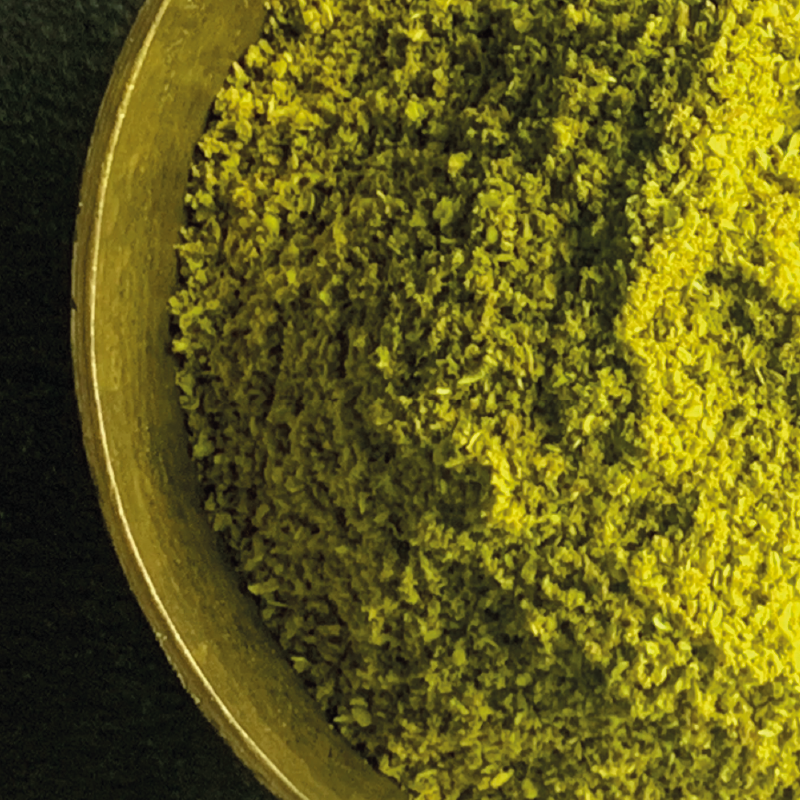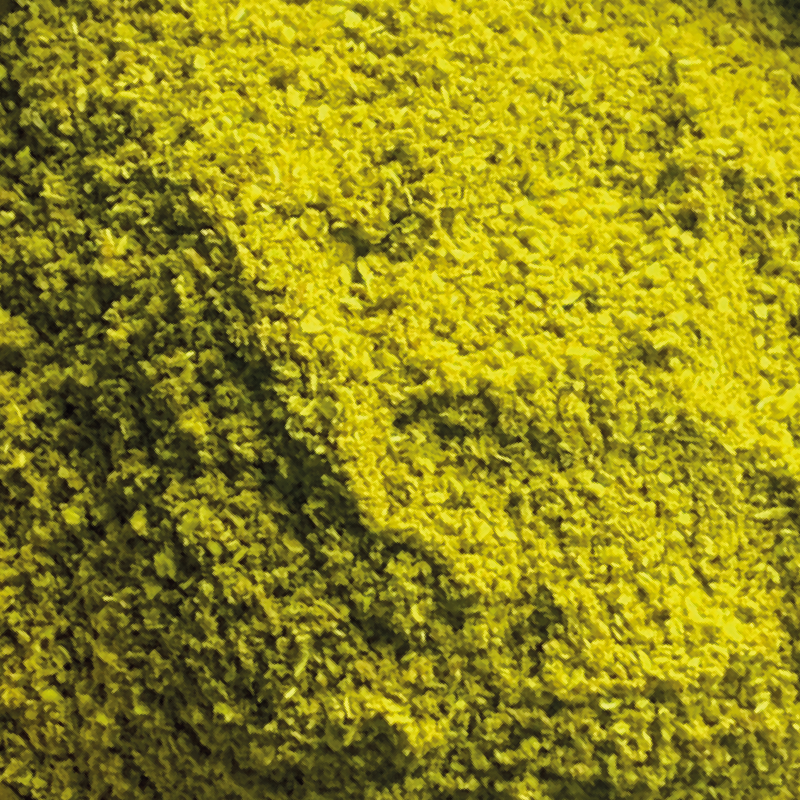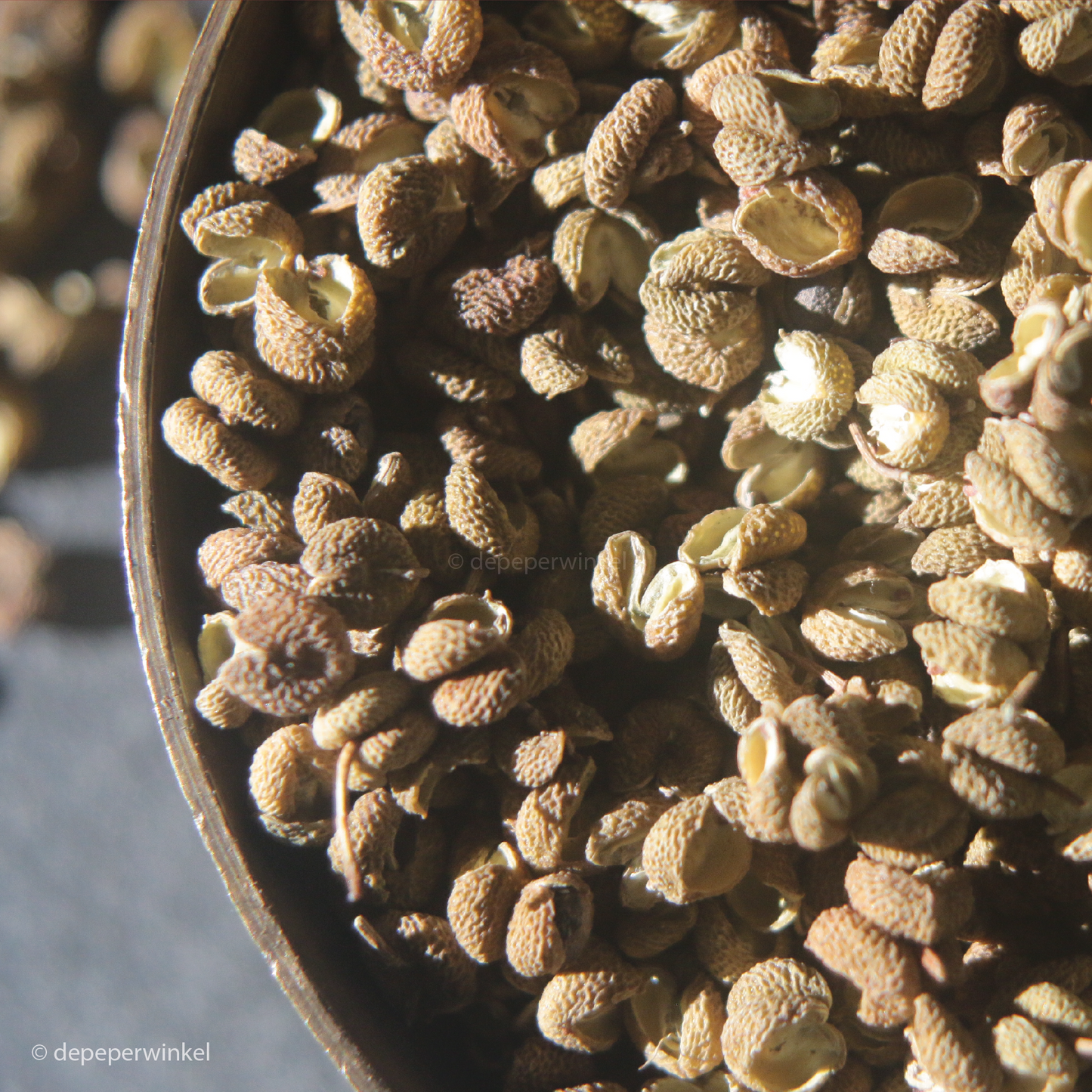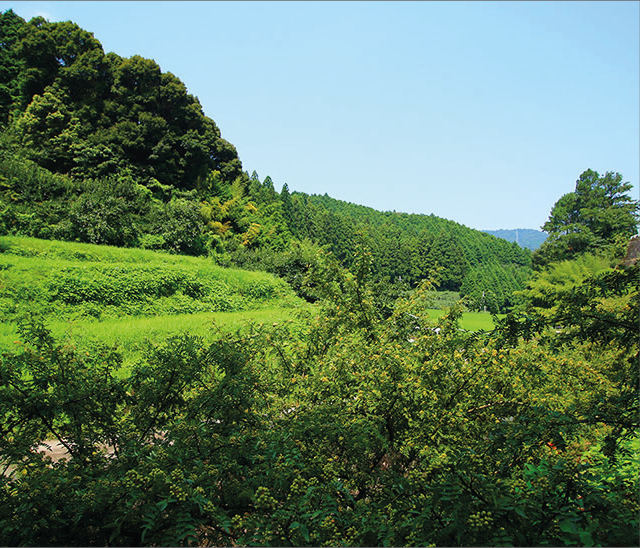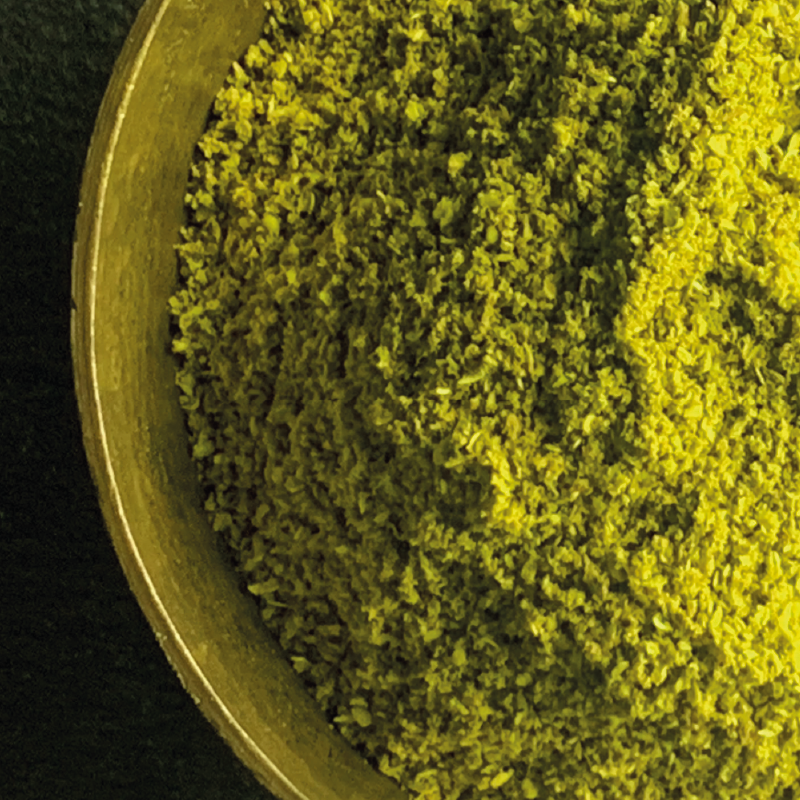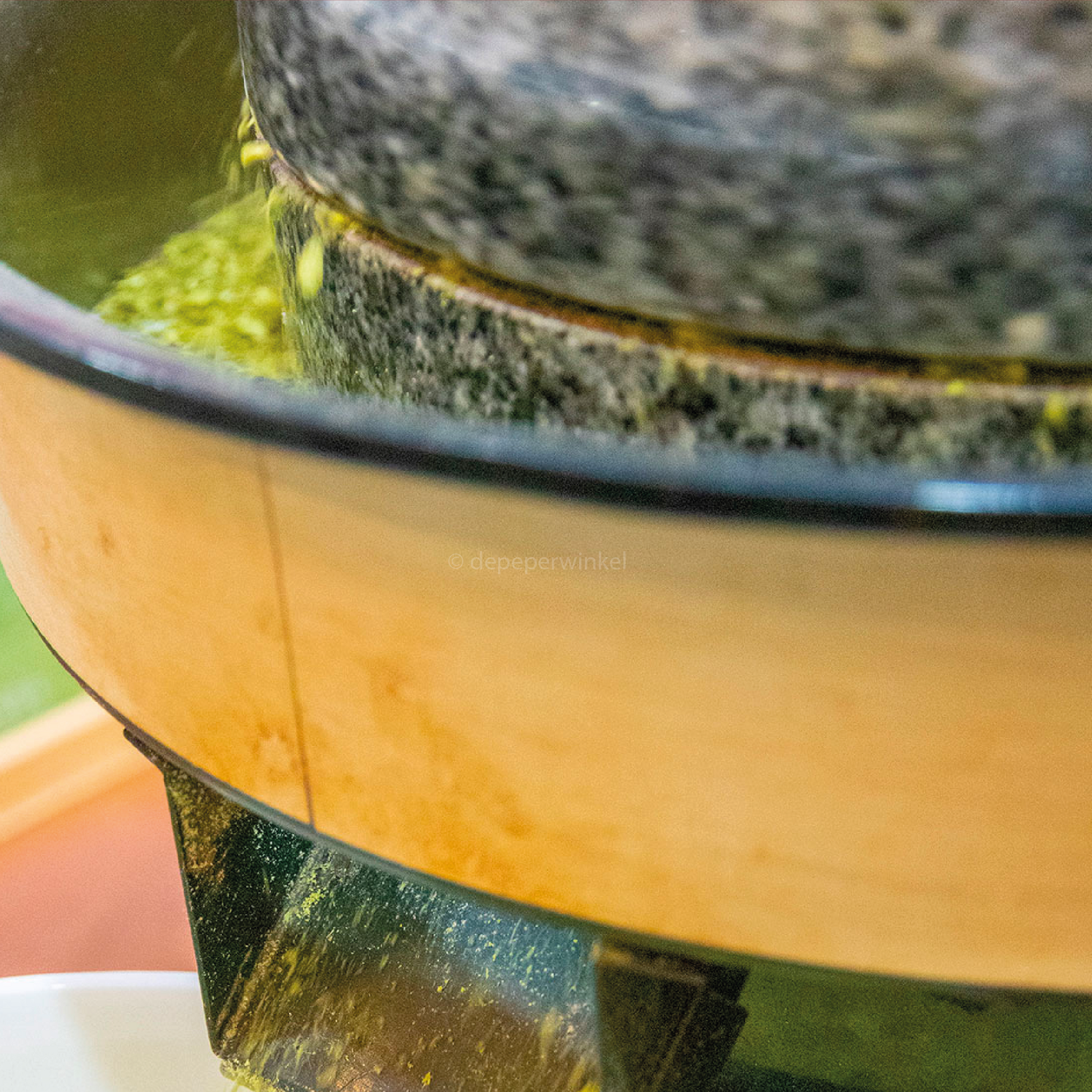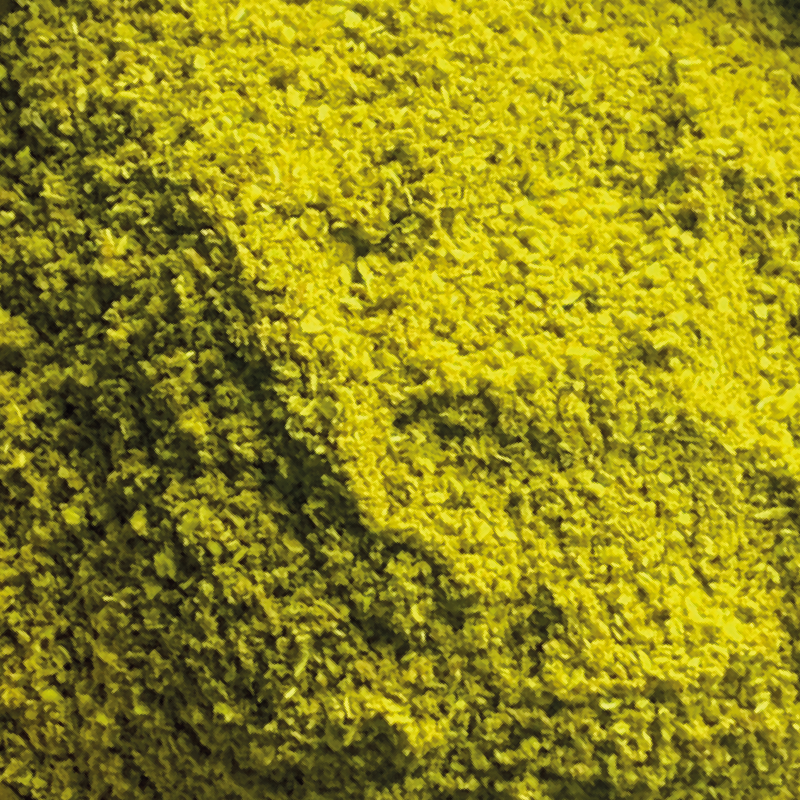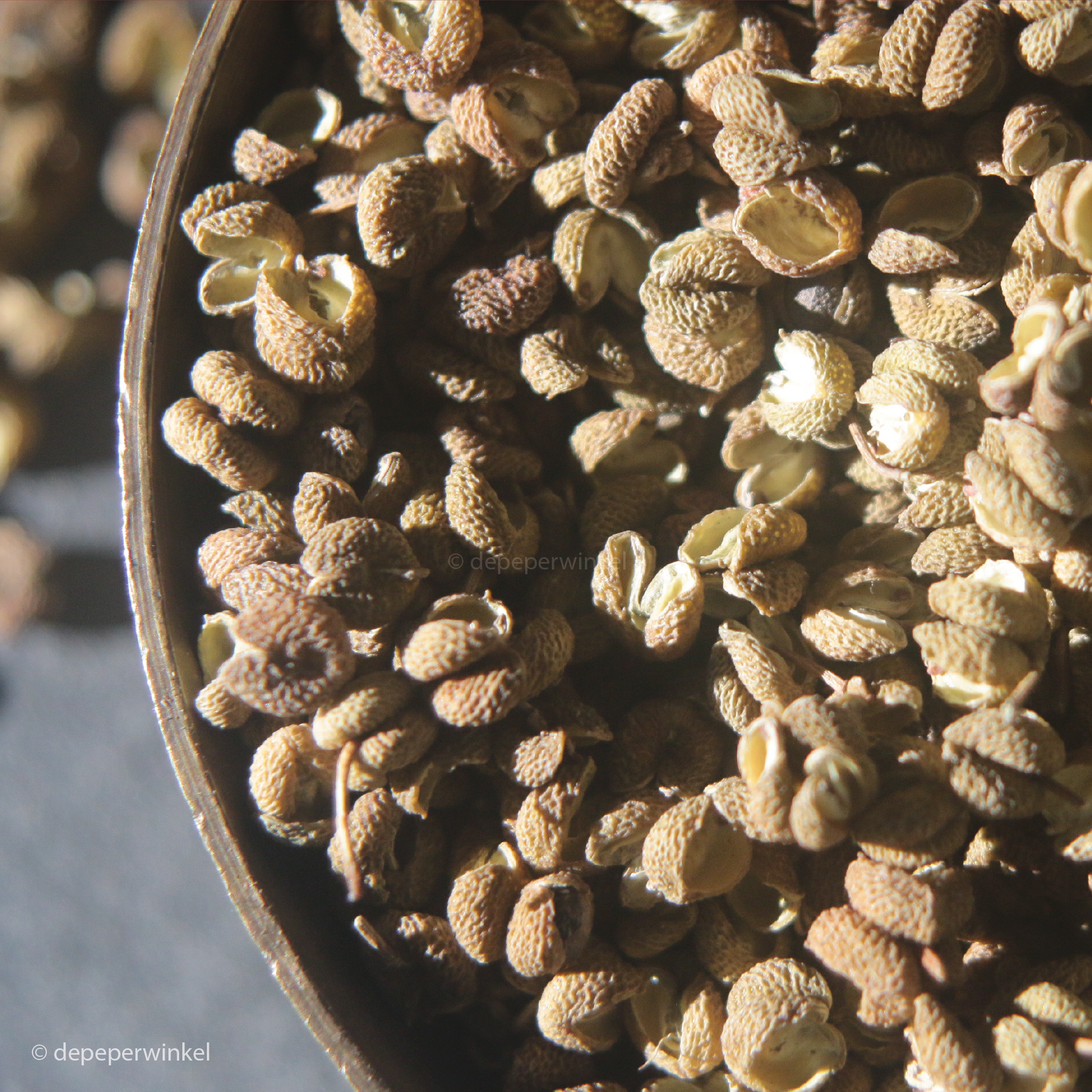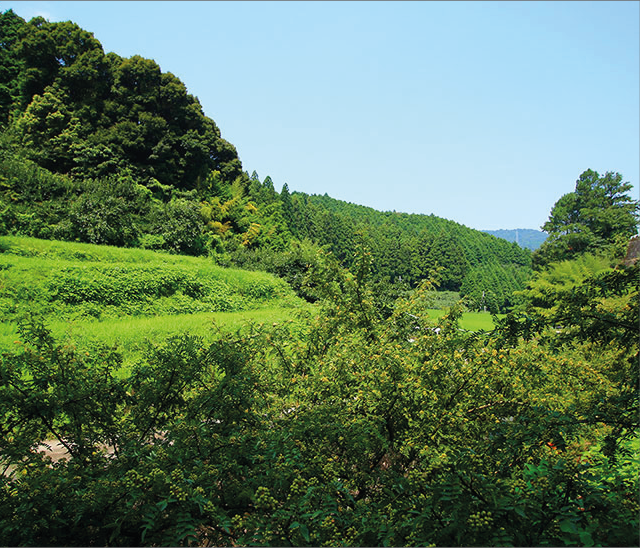depeperwinkel
Sansho powder - Sanshō no kona
Sansho powder - Sanshō no kona
Temporarily out of stock
Unable to load availability for pickup
This finely ground, light green sanshō or sansho
No longer available. Since 2024, the price of sansho has risen dramatically, and the number of suppliers has increased. Sansho from Japanese soil has shrunk significantly, and the supply is limited. Consumer prices of the equivalent Prices of €1,800 and higher (!) per kilogram are no longer unusual for stone-ground sansho. The purchase price has risen again by 40% in the past six months. Therefore, we have put sansho sales on hold, pending increased supply and more reasonable prices. We are sorry.
Kaneichi Since the late nineteenth century, the company has been producing and processing sanshō, the Japanese
Sanshō is related to the Chinese Szechuan
Sanshō
It is now a prominent spice, even one of the few spices used in Japanese cuisine. The unripe green berries are called sanshō-no-mi. These are sharper and more aromatic than red sanshō. The first green sanshō appear on the market starting in May, the red ones in October. Sansho powder is therefore made during the summer months.
One of the first preparations using sanshō is described in the 15th-century Okusa cookbook. It's an eel dish, sprinkled with very finely ground sanshō. Since then, eel in Japan has always been prepared with sanshō, or in extreme cases, with shichimi tõgarashi (seven-spice powder).
Our sanshō
The unique sharpness experience of sanshol
Characteristic of all Zanthoxylum
The tingling sensation is accompanied by a slight numbness, jokingly compared to tasting a 9-volt battery. A single berry is enough to experience that! This somatosensation, stimulation by touch, has been used for centuries as an anesthetic in traditional Asian medicine. Its effects are very complex and the subject of extensive research.Hydroxy-α-sanshol in particular is said to cause the tingling sensation, and there are certain parallels with the pungency experienced with capsaicin, the pungent substance in chili
Smell and taste
Sanshō is a member of the citrus family, which you experience in its aroma, a blend of grapefruit, lemon, lemongrass, and rosewood. In between, you taste and smell – very faintly – mint. Characteristic of all Zanthoxylum
- linalyl acetate, responsible for a pleasant citrus, bergamot and lavender scent,
- limonene, the scent of lemon peel,
- citral, the scent of grapefruit,
- geraniol, rose scent,
- geranyl acetate, lavender fragrance.
- β-pinene, pine resin, and
- linalool, responsible for the scents of rosewood and coriander
A ripe berry contains significantly more linalool, geraniol, and geranyl acetate than a green berry. The aromas develop during ripening.
Combinations
Ground sanshō
Mixed with salt, sanshō no kona is also an excellent seasoning for tempura.
Features:
- 100% unripe fruit of the Zanthoxylum piperitum (sanshō)
- cut m.b.vmillstone
- origin: Wakayama, Japan
Assortment - subject to change -
- available in glass and stand-up pouch
- glass jar contains 60 grams
- stand-up pouches with a capacity of up to 15 to 150 grams
- larger quantities on request
Gift wrapping
- The jar is available in a tasteful gift packaging, consisting of a cube box filled with black tissue paper.
- For an overview of our gift packaging, please refer to the gift packaging section.
General advice
- sanshō powder is a product for refined cuisine, can be used both cold and hot in savoury and sweet preparations
- definitely do not cook the powder, it loses its wonderful flavor
Save:
- store your sansho powder in a closed container
- preferably store in a dark, dry and cool place
- best before June 2024 (06/24)
- This expiration date is an indication
Stock item
Due to serious delivery problems, our stock is (almost) out of stock. We are currently awaiting positive news from Japan. If you would like to be kept informed, please let us know. s.v.pto know.
Share
